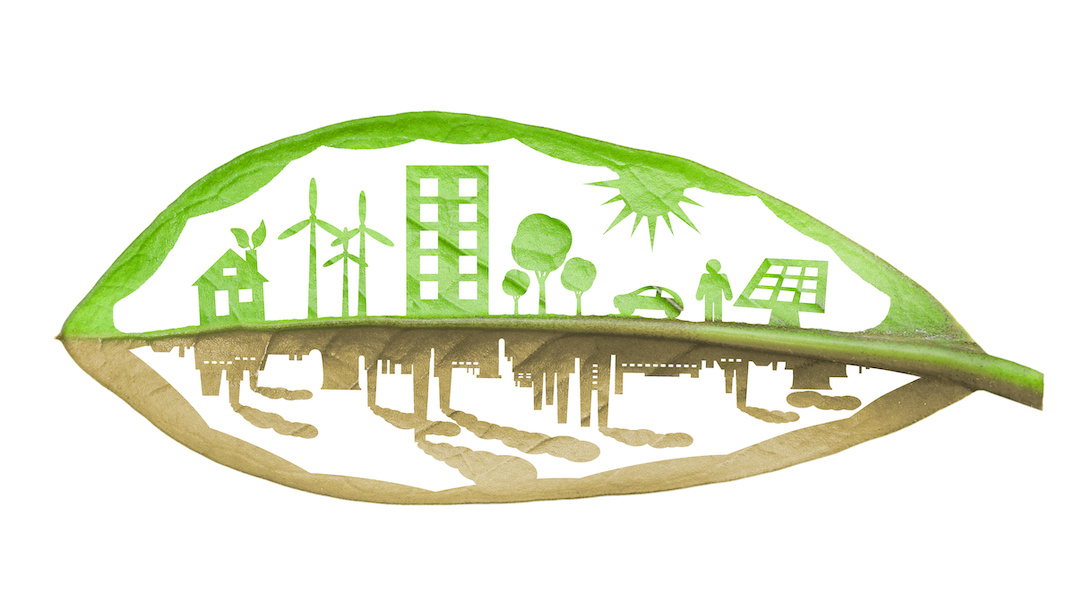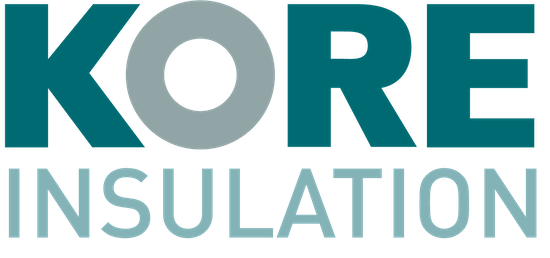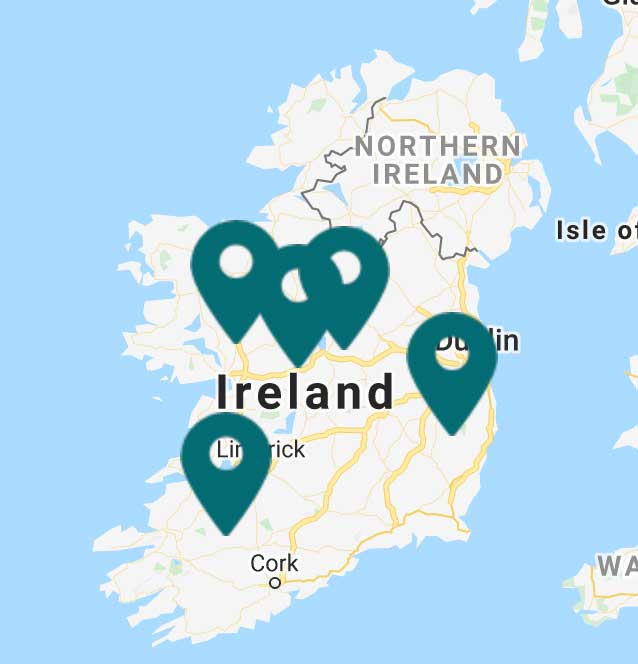
On 17th June 2019, Ireland released its climate action plan. The plan focuses on key areas including electricity, enterprise, the built environment, transport, agriculture, forestry and land use, waste and the circular economy, the public sector and international actions. While all areas are vitally important to reducing greenhouse gas emissions and our impact on climate change, in our first instalment we’ll focus on what it Ireland’s climate action plan means for the built environment: the areas we live, work and play.
Background
The action plan found that Ireland’s built environment accounted for approximately 12.7% of all greenhouse gas emissions. While our greenhouse gas emissions have fallen since 2005, we still lag behind other countries in the EU, including Finland, Denmark and Austria. In addition, Ireland’s building stock uses 7% more energy when compared to the EU average, and due to our reliance on fossil fuels such as heating oil (think gas and oil-fired boilers), our CO2 emissions are at a staggering 58% above average.
While we’ve made progress thanks to schemes like SEAI’s Better Energy Homes Scheme, Better Energy Warmer Homes Scheme, Better Energy Communities Scheme and the more recent Deep Retrofit Pilot Programme, 80% of our existing homes average a BER rating of C or worse. For meaningful gains, we must double our emissions rate from the 2% set out in Project Ireland 2040 to nearly 4% per annum.
The Action Plan
Ireland’s climate action plan 2019 sets out a number of measures that have a relatively short payback period, including improvement our building’s fabric (think insulation & air tightness), moving towards district heating for commercial buildings, upgrading oil and gas-fired boilers to renewable heat pumps and increasing our building standards (nZEB and other low energy building methods).
The targets to meet the required level of emissions reduction by 2030 (5 Mt CO2eq) are as follows:
- A dramatic decrease in the use of fossil fuels (oil, gas, coal, peat) to produce energy and heat our homes
- 500,000 deep energy retrofits to the existing housing stock. Retrofits must achieve a B2 Building Energy Rating cost-optimal equivalent or carbon equivalent
- 600,000 new heat pumps with two-thirds to be installed in existing dwellings (400,000)
- Complete the Support Scheme for Renewable Heat (non-domestic heat users)
- Increase Sustainable Energy Communities from 256 to 1,500
- Complete two district heating projects with the equivalent of heating 50,000 homes
A New Model for Retrofit
To meet the requirement of 500,000 deep energy retrofits by 2030, we must take a different approach. This includes the scale and complexity of deep retrofit projects, all the way through to innovative financing models that make the process more affordable for homeowners (green mortgages, low cost loans, payments combined with local property tax etc).
You don’t need to look very far to find successful large scale residential retrofit models that are already making an impact, like Energiesprong in the Netherlands.
The action plan recommends large-scale community-based residential projects through a mix of delivery partners including public ownership, social housing, those in or facing energy poverty and private able-to-pay homeowners. Uptake must be both rural and urban and could include local authorities, approved housing bodies, and other strategic delivery partners.
Leading by Example
One major change commencing from the 1st November 2019 is the introduction of Part L 2018 – Conservation of Fuel and Energy (Dwellings). The new regulations adopt Near Zero Energy Building requirements for new homes or those undergoing major refurbishment (defined as more than 25% of the total surface area – with some exceptions). For more information on these changes please visit our low energy building resource.
KORE have been involved in the deep retrofit of existing housing for a number of years, including bringing derelict and vacant housing back into Ireland’s housing stock with energy ratings as high as A1, through local Better Energy Communities Schemes, SEAI’s Deep Retrofit Pilot Programme and the Better Energy Warmer Homes Scheme. Through our participation in retrofit schemes, and by completing substantial energy upgrades at our factory and offices, KORE have saved over 23GWh of energy over the past five years – enough to power all the homes in Cavan Town for an entire year.
In addition, KORE’s suite of Expanded Polystyrene insulation solutions can easily meet and exceed the requirements of Part L 2018 and are suitable for both new build and deep retrofit applications. For more information on KORE EPS please join the KORE Resource Centre or contact our technical team today.

